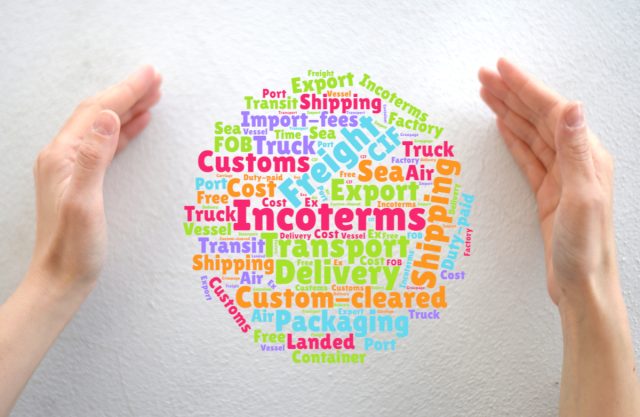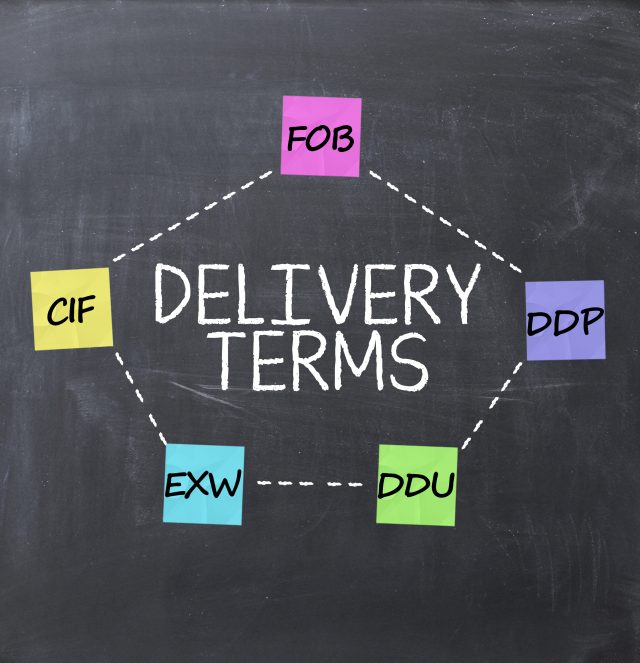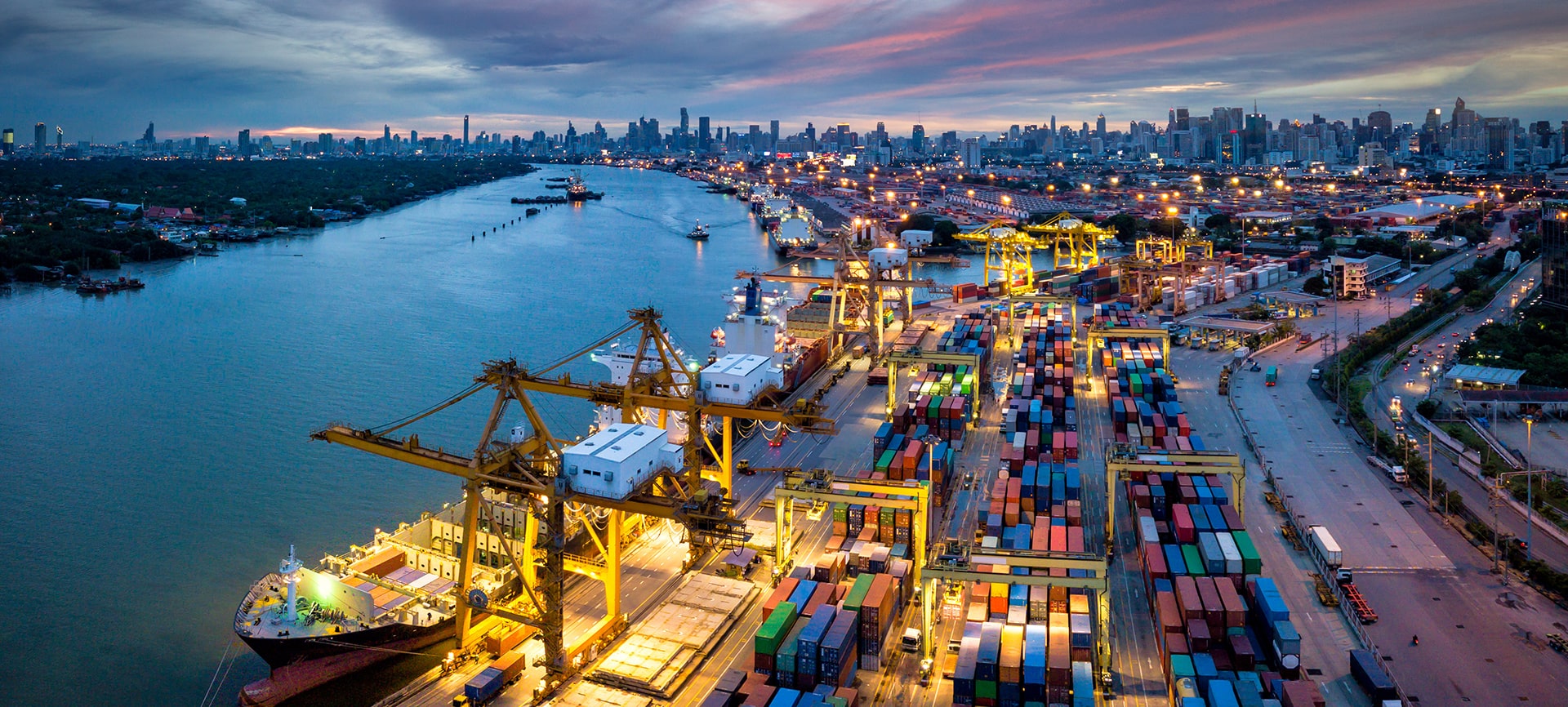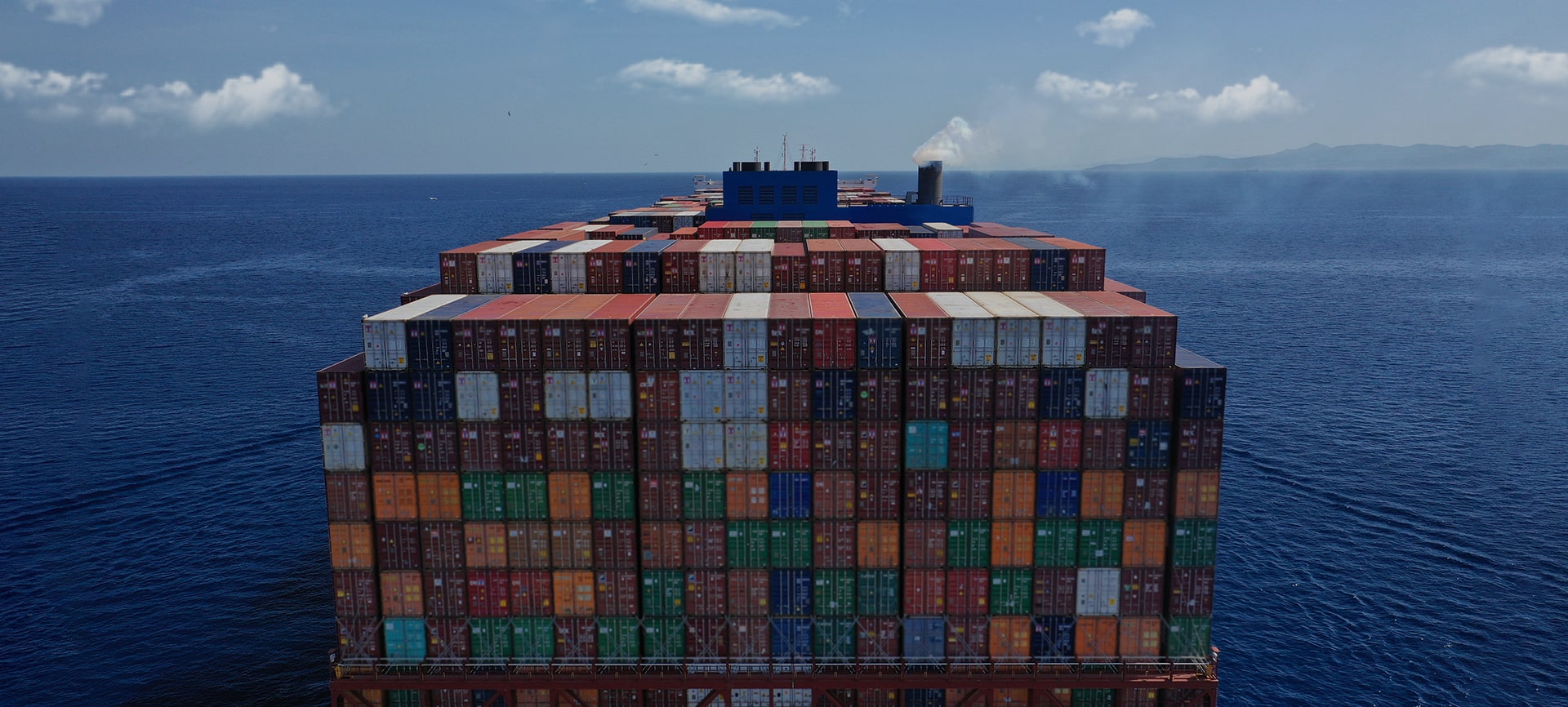Posted on: March 14, 2018 / Last updated: June 12, 2024
What is B/L in Logistics? Explained B/L role and flow with illustrations


B/L (bill of lading) has a very important role in the international trade. This time I would like to explain the summery of the B/L role. It is easier to understand the outline of B/L first then try to understand the detail later.
::
CONTENTS
Explanation of B/L Role and Flow by Movie
::
What is B/L?
Briefly, B/L is “cargo receipt document” & “exchange document to the cargo”. Issuing B/L is the shipping company on the side of the exporter and is issued at the timing when the ship departed from the port. Without B/L, importers will not be able to pick up the cargo that arrived at the port. Therefore, losing B/L leads to a serious problem.
B/L will be sent to the Seller(Exporter) after it is issued from the shipping company on the export side. In international trade, there are many cases where this B/L is utilized for exchanging products and product fee. [br num=”2″]
For example, if the Buyer(Importer) does not pay the product fee, even though the cargo arrives at the destination port, the Exporter(Seller) can prevent the risk of collecting money by foreclosing B/L.
On the contrary, there are the cases where B/L is not sent from the Seller(Exporter) even though the importer(Buyer) paid for the product fee. L/C (Letter of Credit) will be used in order to avoid this transaction problem. A detailed explanation about L/C will be explained another column, but the point of using L/C is both Exporters(Seller) and Importer(Buyer) can avoid the risk of the international deal.
**This is the brief B/L flow image

Below, we will explain the types of B/L and its roles.
::
Original B/L
Normally the original document (not copy) of B/L is used as a trading transaction between the Seller (Exporter) and the Buyer (Importer). If the original B/L document can be obtained by the Buyer (Importer), it is possible to take the cargo out from the port.
Three of the original B/L is published. The reason for issuing three of B/L is to prevent the loss of it. Original B/L will mail from exporters to importers by courier such as DHL or FEDEX. [br num=”2″]
Rather than sending 3 original B/L at a time, it is possible to prevent the loss risk of B/L by sending an airplane separately from 2 flights and 3 flights, but I have never known the company which send the B/L 3 times separately to above its risk.

::
Surrendered B/L
“Surrendered” means to collect B/L at origin side(Exporter side). *Normally, B/L(Original) is collected at the destination side(Importer side). As mentioned above, the Buyer(Importer) cannot take cargo out from the port unless the original B/L arrives at the importer.
However, in cases where the destination is close (For Ex, from Bangkok to Ho Chi Minh, etc.) or if we use the fast vessel to the destination, it often happen that the cargo to arrives at the port earlier than Original B/L. To retrieve freight speedily, Surrendered B/L is used for the transaction.[br num=”2″]
In this case, the exporter will request the shipping company a surrender and pay the surrender cost to the shipping company. In Thailand, the surrender cost is THB 1,300 – 1,500 / BL. A stamp called “Surrendered” is pushed on B / L, and the exporter sends a “copy” of the document to the importer by e-mail or fax, and it is possible to take out the cargo with this B/L copy.
There are cases in which the exporter does not send the original B/L to the importer. After the Seller(Exporter) confirm the payment, they request surrender B/L to the shipping company and they mail the copy of Surrendered B/L. The reason why the exporter pays the surrender fee to the shipping company is because there is no problem regarding the collection of the fee from the importer.[br num=”2″]

::
Sea Waybill
Sea Waybill is not a securities unlike B/L. Therefore, when shipping cargo using Sea Waybill, cargo can be taken out at the port by importers regardless the Buyer pay for the commodity to the Seller or not.
Compared to the original B/L and the surrendered B/L, there is a merit of the speed that cargo can be taken out when Sea Waybill is issued, but the exporter side will bear risk of money collection. Also Sea Waybill is not a securities so it is rarely used for L/C.[br num=”2″]
Therefore, Sea Waybill is used when exporters and importers trade for a long time and are trustworthy, or when trust is secured between subsidiaries and group companies. In rare cases, customers (exporters) may request Sea Waybill, but we are going to explain the features of Sea Waybill firmly.

::
Summary
This time I explained the basic outline on B/L. If you just start learning about Logistics, it is a minimum condition that you have to understand first.












